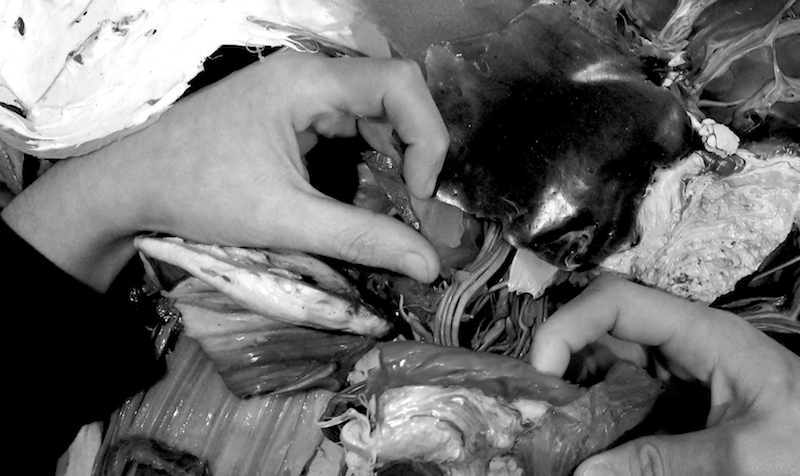Abstract
This research is done to create an overview of different methodologies architects, designers, scientists, and artists are using when working with communities to create better living conditions. This includes thinking of housing conditions, education, employment, health, and solutions for waste, food, energy, and transportation, through creating community involvement and self-empowerment.
I was looking at cases where the initiators of a project play critical roles in solving a problem, through observation and discussion and involvement with the community. I was focusing only on projects that help the locals (the community) to learn about the specific process, and that at the end of the developing, leaves the locals with tools that empower them with knowledge to realize their human rights and their economical possibilities.
In my research, I was looking at projects realized and supported by the UN, NGO, Universities, and by Individuals. The different projects have different methodologies, but all were sincerely engaged with looking for creating possibilities of how to offer better solutions for places in need. The main difference I observed is that some universities focus more on the students’ education, that they become sensitive and capable of working in places in need. Meanwhile, others focus more on the education of the community, so that by learning and working with the students, they will be better able to support themselves.
My interest in presenting the following works was based on my need to understand and explore different approaches, methodologies, and forms of engaging with ecological and urban development in rural and poor areas.
